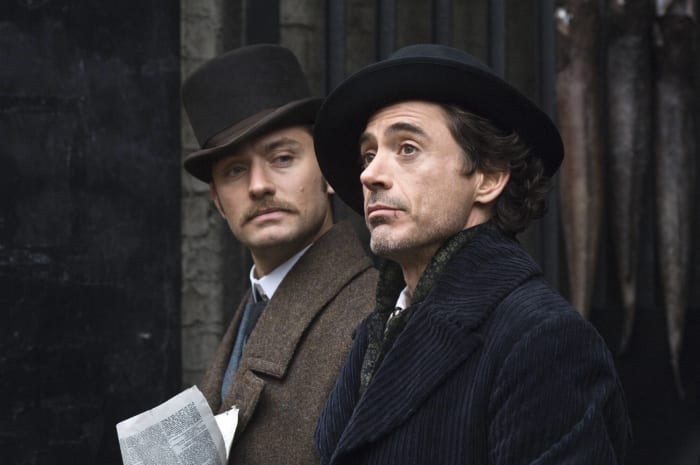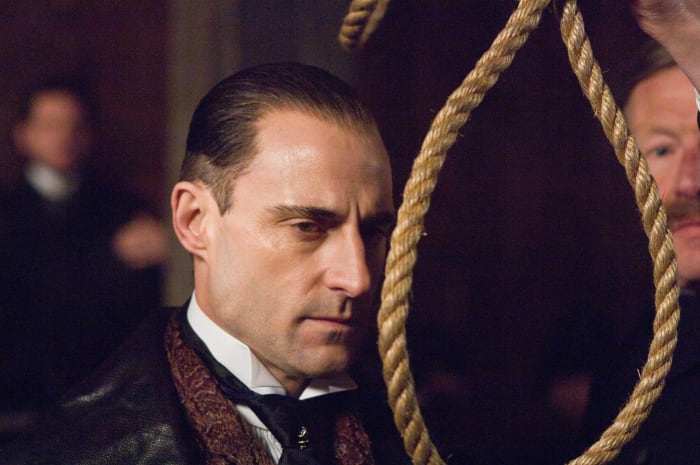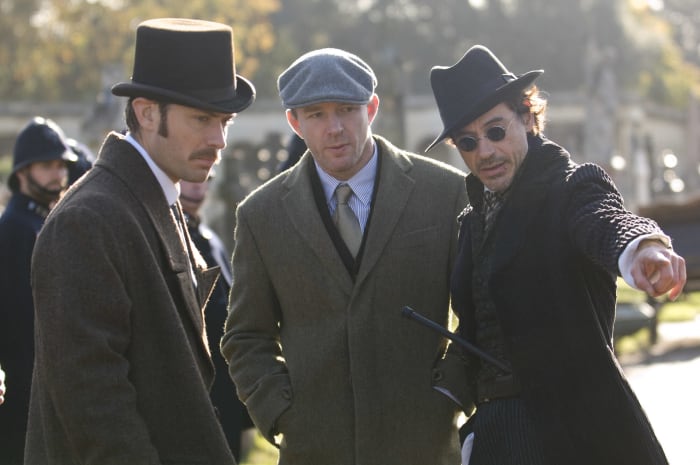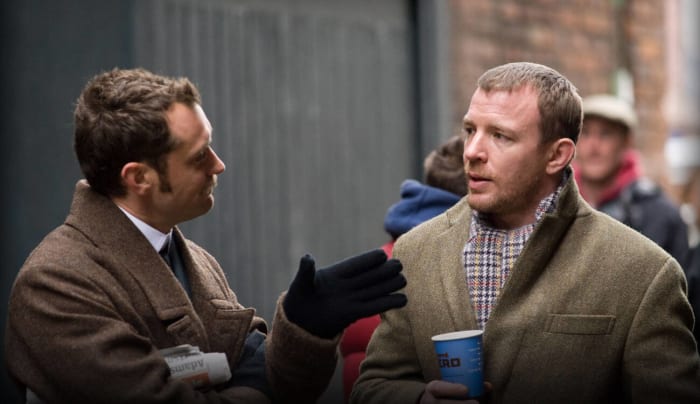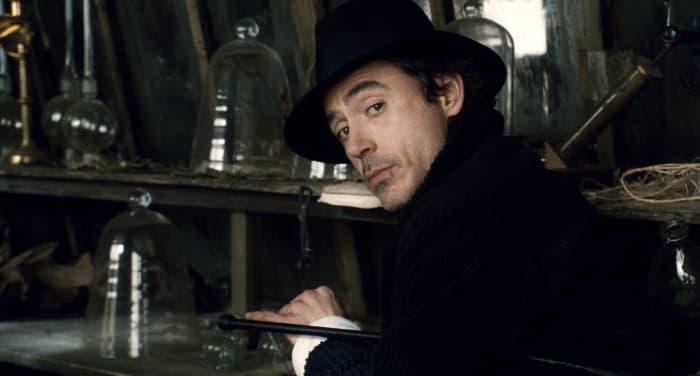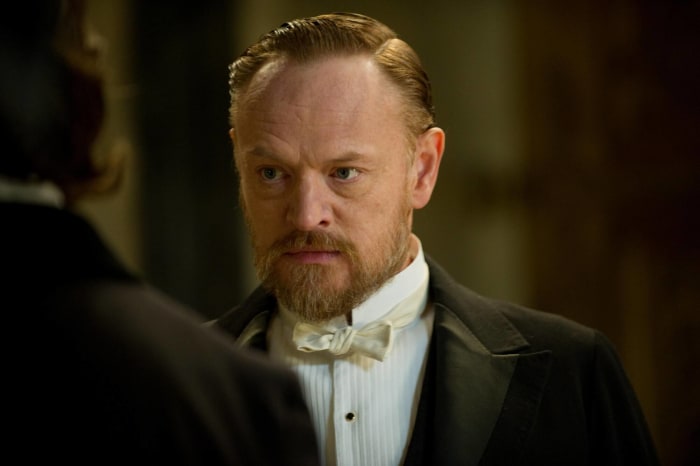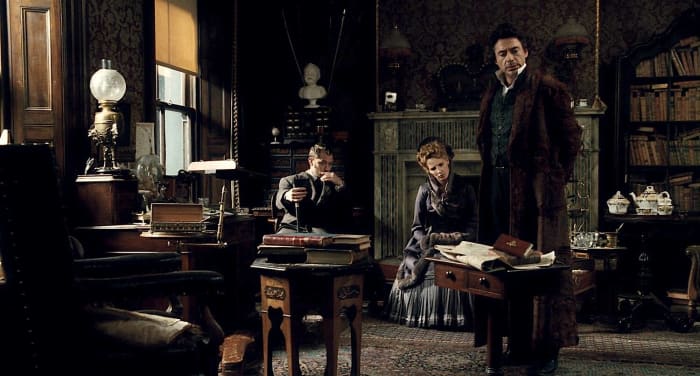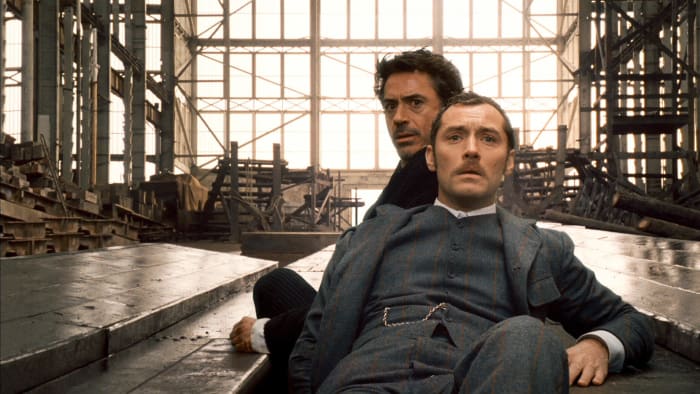x
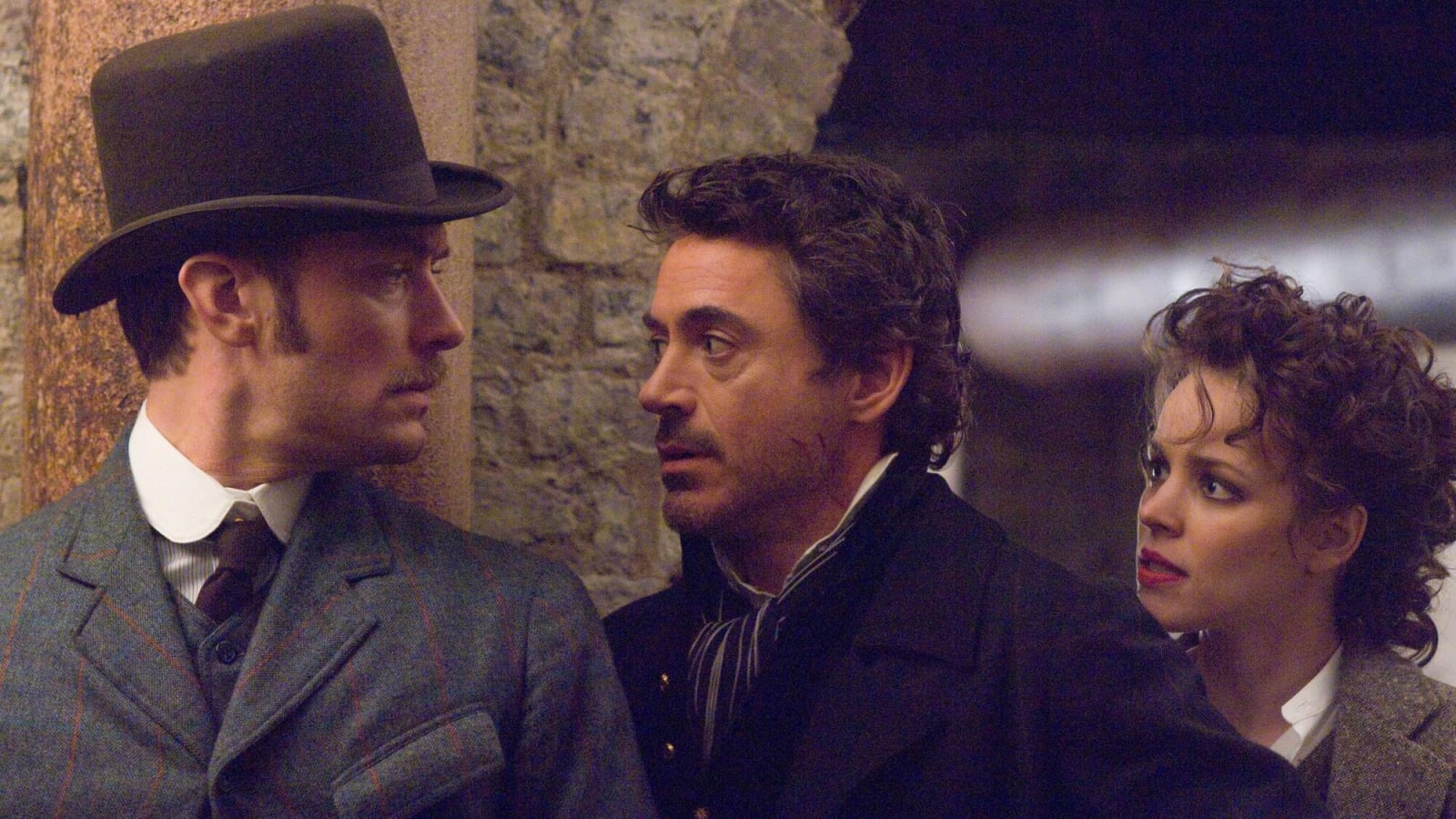
Warner Bros.
20 facts you might not know about 'Sherlock Holmes' (2009)
Sherlock Holmes is one of the memorable characters in pop culture. Ever since Sir Arthur Conan Doyle penned his first story about the consulting detective, he’s been in the ether. Over the years, several different actors have stepped into the role. In 2009, the biggest film adaptation of Sherlock Holmes yet occurred. Movie stars? A big budget? Special effects? It’s all there! The game is afoot, so here are 20 facts you might not know about Sherlock Holmes. We assume Sherlock knows them, though.
More must-reads:
- 23 TV characters who simply vanished without a trace
- The 25 most memorable closing tracks in music history
- 25 stars who walked away from the limelight
- The 20 worst coworkers in movie history
- 20 TV couples that became legendary when they finally got together
Breaking News
Customize Your Newsletter
 +
+
Get the latest news and rumors, customized to your favorite sports and teams. Emailed daily. Always free!
